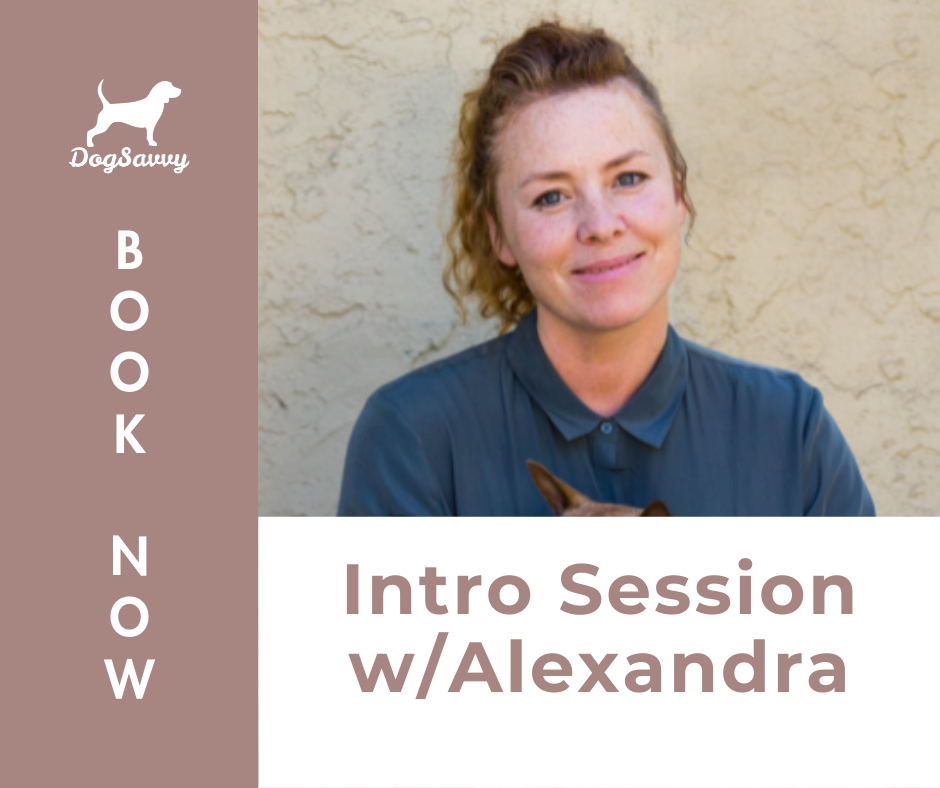How to Do Dog-to-Dog Introductions: A Step-By-Step Guide for a Happier Pack
Bringing a new dog into your home can be a heartwarming and exciting experience. Whether you're adopting a second dog for companionship or fostering a pup in need, watching two dogs build a friendship is a beautiful thing. But like any good relationship, it takes time, patience, and a thoughtful approach.
Even dogs who seem friendly at first can clash if the introduction isn’t handled with care. A rocky start can lead to long-term tension, so it’s crucial to set both dogs up for success from the beginning. Here’s a simple, step-by-step guide to making dog-to-dog introductions as smooth and stress-free as possible.
Step 1: Preparation Is Everything
Before the first sniff or tail wag, take time to set the stage for success.
Shop for Supplies
Make sure your new dog has their own food and water bowls, toys, and bed or crate.
Why it matters: Sharing doesn’t come naturally to most dogs—it’s a learned skill. Having their own items reduces the risk of resource guarding and rivalry.
Set the Stage
Before your dogs meet inside the home, remove high-value items like chews, bones, and toys from shared spaces. Stash away the resident dog’s favorite belongings until both dogs are comfortable around each other.
Why it matters: Personal items can trigger competition and conflict. Keep the environment neutral at first.
Provide Private Spaces
Designate a safe, enclosed area for your new dog that your current dog can’t access. This could be a crate, spare room, or securely gated-off space.
Why it matters: Giving your new dog a safe zone helps reduce stress and allows both dogs to decompress between interactions.
Step 2: The First Introduction
Start on Neutral Ground
Choose a quiet, neutral area like a sidewalk, open field, or park.
Let the dogs briefly sniff (2–3 seconds), then gently call them away. Offer praise and treats for calm behavior.
Take a walk together on leash, side by side.
If things are going well and it’s safe, you can try some off-leash play in a secure area.
Why it matters: Neutral ground reduces territorial behavior and helps both dogs feel more relaxed.
Entering the Home
Keep the first indoor interaction short—just 5 minutes or so.
Both dogs should be on leashes, and you should keep your tone upbeat and relaxed.
Why it matters: A short, positive first experience helps lay the foundation for future interactions.
Step 3: Building a Lasting Relationship
Every dog duo is different—some become best friends instantly, while others need more time and space.
What to Look For
Good signs: Loose, wiggly bodies, play bows, relaxed tails, soft eye contact.
Warning signs: Stiff posture, hard stares, growling, freezing, air snapping.
Guidelines for Success
Keep interactions brief, structured, and supervised
Feed dogs separately in closed-off areas
Give each dog individual one-on-one time with you
Separate the dogs when you can’t supervise them
Always supervise around food, toys, and sleeping spots
Use an upbeat tone to praise calm or friendly behavior
If tension arises, calmly interrupt and separate the dogs briefly, then try again later
Take daily walks together to strengthen their bond
Step 4: Avoiding Common Pitfalls
The early weeks are critical. Avoid these common missteps:
No chews, bones, or rawhides during the initial adjustment period
After several quarrel-free weeks, you can try group chew time—but only under supervision
Never reach between fighting dogs with your hands. Instead:
Use a loud noise (clap or yell)
Spray water
Insert an object like a broom or chair between them
Throw a coat or blanket over them
As a last resort, pull the dogs apart by their back legs—never by the collar or head. It’s ideal to lift the back legs off the ground because this will disorient them, and then pull the dogs backward away from each other.
👉 Need help? Don’t hesitate to contact a professional dog trainer for guidance, especially if fights occur or one dog seems fearful or is bullying the other.
Final Thoughts
Introducing dogs to each other is about more than just luck—it’s about planning, supervision, and understanding canine communication. With a little time and care, most dogs can form peaceful, loving relationships that enrich both their lives and yours.
Take it slow. Stay positive. And remember: You’re building the foundation for a friendship that could last a lifetime.
Happy introducing—and may your home be filled with wagging tails and joyful play!
Los Angeles dog trainer, Alexandra Bassett, is the lead dog trainer and behavior consultant at Dog Savvy, a private dog and puppy training company specializing in game-based dog training and behavior modification solutions for issues such as dog separation anxiety, leash reactivity, excessive barking, and aggression.
She is certified as Knowledge Assessed by the Council of Professional Dog Trainers (CPDT-KA) and is available for online dog training sessions via Zoom.


